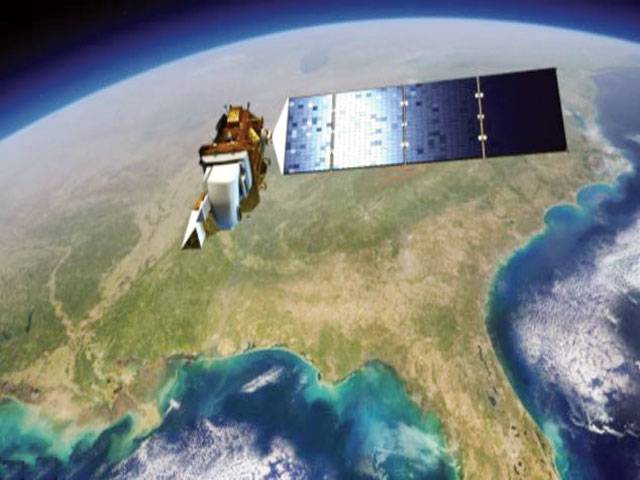DM
California
The world wide web may seem like a global community, but two-thirds of the planet still remain without access.
Now, Google is planning to change this by launching a fleet of 180 satellites to provide web access for the 4.8 billion people not yet online, according to sources close to the company.
The California-based giant will spend more than $1 billion (£600 million) on the technology, which will rival Facebook’s efforts to connect remote regions of the world. Details remain vague, but the Wall Street Journal reports that the satellites will be small and high-capacity, and will orbit the Earth at ‘lower altitudes than traditional satellites.’
Google’s venture is being led by Greg Wyler, founder of satellite-communications start-up O3b Networks, and depending on the network’s final design, the group may double the number of proposed satellites.
The project is the latest venture from a Silicon Valley to connect the world to the internet in the hopes of boosting revenues. A separate project by Google, dubbed Project Loon, is designing high-altitude balloons to provide broadband service to remote parts of the world.
The helium-filled balloons inflate to 49ft (15m) in diameter and carry transmitters that could beam 3G-speed internet to remote regions.
Project Loon was developed in the company’s X Lab by the same team behind Google Glasses and the driverless car. It is hoped that it could save developing countries the high cost of laying fibre cables to get online and lead to a dramatic increase in internet access for the likes of Africa and south-east Asia.
In April, the company also acquired Titan Aerospace, which is building solar-powered drones to provide similar connectivity. Facebook, meanwhile, has its own drone plans.
In March, Mark Zuckerberg revealed solar-powered drones, satellites and lasers are all being developed in the firm’s labs to deliver the internet to underdeveloped countries.
He has pledged to work on technology to deliver the internet to ‘the next 3 billion people’ - and revealed the firm has hired experts in solar power that can keep drones flying for months at a time.
The Institution of Engineering and Technology’s deputy president, Professor William Webb, said: ‘The idea of using aerial platforms to deliver connectivity is one that is many decades old, from low-orbital satellites to balloons and more recently unmanned aerial vehicles.’
‘The difficulty has always been one of keeping the aerial platform in the right place in the sky for weeks or months at a low enough cost. As technologies mature we get ever closer to achieving this and Facebook’s intervention in this space is a welcome boost to the area.’
He warned that there are many challenges to overcome before the dream of providing internet access to remote communities via drone can be achieved.
Facebook and Google also need to overcome regulatory hurdles, including coordinating with operators so their fleet doesn’t interfere with other satellites.
‘Top of the list is the need to make the drones cost-effective, reliable and demonstrate to the regulators that they can operate safely in our airspace,’ he added. ‘Many other issues associated with access to radio spectrum, national telecoms regulations and more will also need to be addressed.’
Thursday, April 18, 2024
Google is going to dominate space

Caption: Google is going to dominate space
Stefanos Tsitsipas advances in Barcelona
4:19 PM | April 18, 2024
Met Office predicts more rains across country till April 29
2:51 PM | April 18, 2024
Punjab changes school timings for summer season
1:55 PM | April 18, 2024
Enemies of Pakistan are unable to digest investment in the country: Ataullah Tarar
1:29 PM | April 18, 2024
IHC restores Bushra Bibi's appeal for shifting to Adiala Jail from Bani Gala
1:24 PM | April 18, 2024
Hepatitis Challenge
April 18, 2024
IMF Predictions
April 18, 2024
Wheat War
April 18, 2024
Rail Revival
April 17, 2024
Addressing Climate Change
April 17, 2024
Justice denied
April 18, 2024
AI dilemmas unveiled
April 18, 2024
Tax tangle
April 18, 2024
Workforce inequality
April 17, 2024
New partnerships
April 17, 2024
ePaper - Nawaiwaqt
Advertisement
Nawaiwaqt Group | Copyright © 2024





